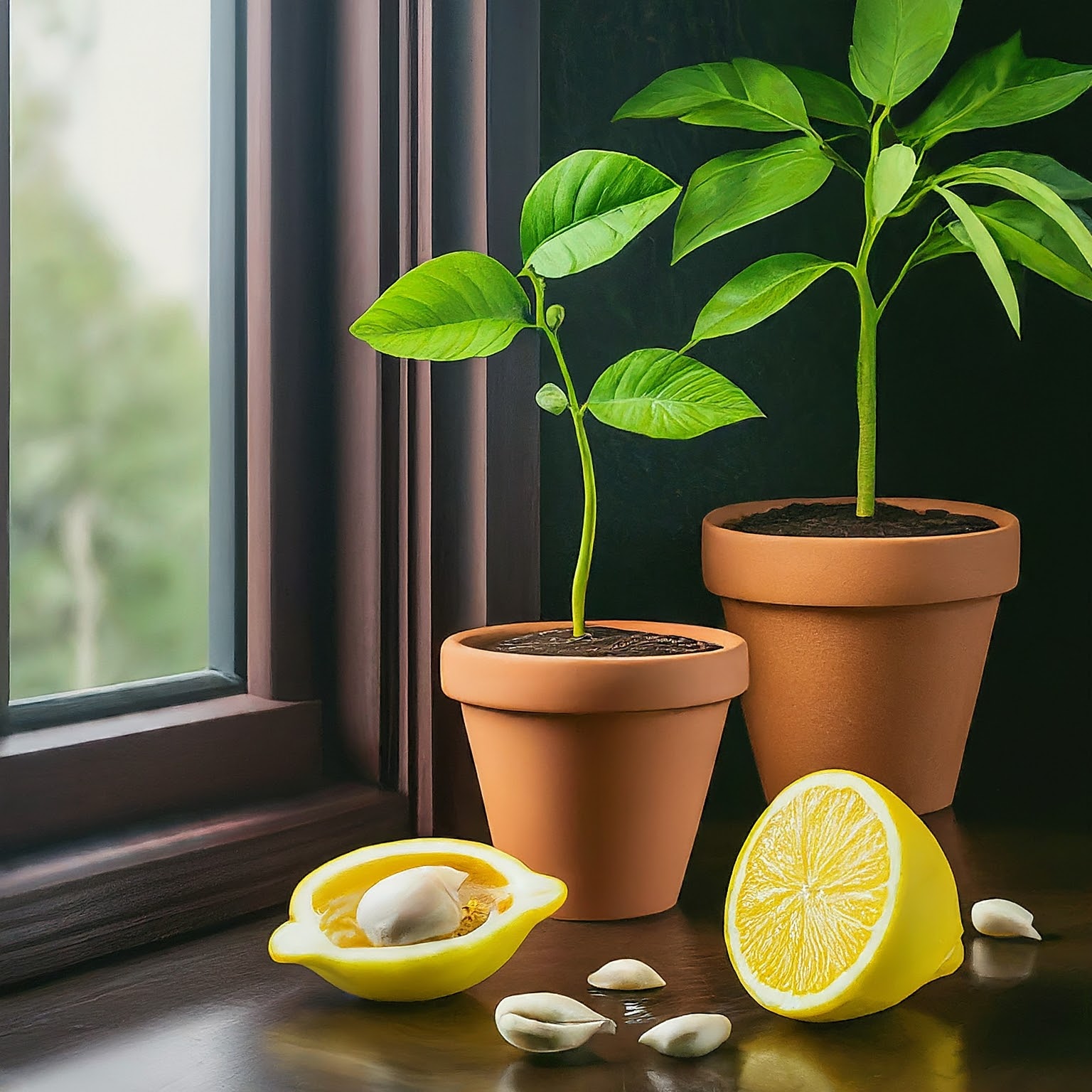Introduction: Sowing the Seeds of Citrus Delight
In the heart of every avid gardener lies a yearning for a slice of Eden, a verdant oasis teeming with life and flavor. Among the many botanical wonders that one can cultivate, few are as invigorating and versatile as the lemon tree. Not only do these trees bestow upon us their tangy fruits, but they also fill our spaces with a refreshing aroma and lush greenery. This guide, “Green Thumb Basics: Lemon Seed Germination for a Zesty Home Garden,” embarks on a journey from the humble lemon seed to a thriving citrus haven, detailing the art and science behind nurturing your own lemon trees from seed.
Understanding Lemon Seeds: Nature’s Tiny Time Capsules
Lemon seeds, often overlooked as mere byproducts of our culinary exploits, harbor within them the potential for an entire tree’s lifecycle. Each seed is encapsulated with genetic information, ready to sprout given the right conditions. It’s crucial to start with fresh seeds extracted directly from a ripe lemon; older seeds may have lost viability, reducing germination rates. Remember, organic or untreated lemons are preferred, as seeds from store-bought fruit might be treated with chemicals inhibiting germination.
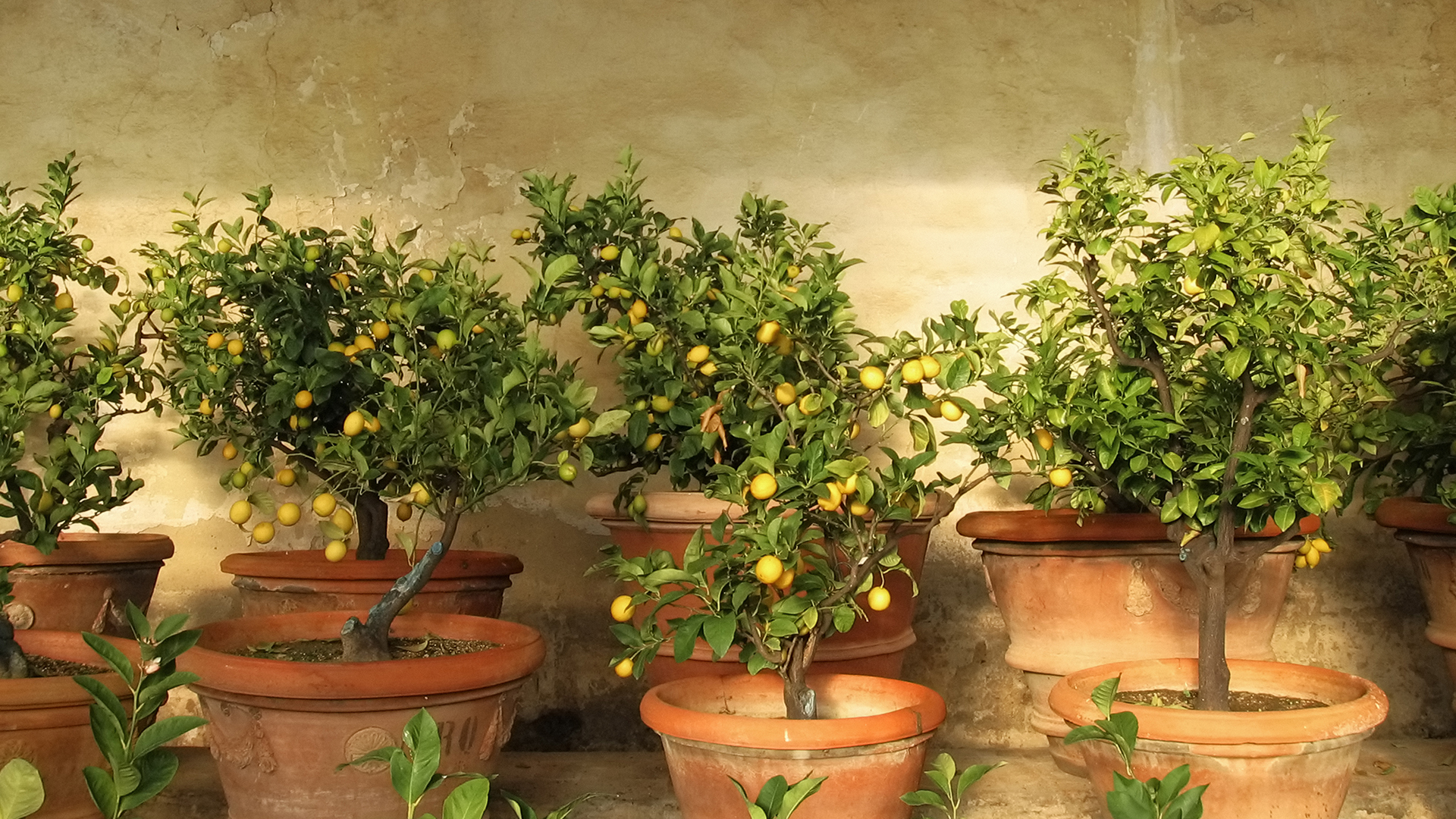
Preparing the Seeds: Rinsing and Soaking for Success
Before planting, lemon seeds require a bit of preparatory care. Begin by thoroughly rinsing each seed under cool running water to remove any residual pulp, which could promote fungal growth. Next, place the clean seeds in a bowl of warm water and let them soak overnight. This process softens the hard outer shell, facilitating water absorption and kick-starting the germination process. Change the water daily to maintain freshness and prevent bacterial growth.
Creating the Perfect Germination Environment: A Balancing Act
To mimic the lemon’s natural germination habitat, you’ll need to create a warm, moist environment. Fill small pots or seed trays with a well-draining potting mix, ideally a combination of equal parts perlite, vermiculite, and peat moss. Avoid using garden soil, as it can harbor diseases and may compact too much, hindering root development. Plant the pre-soaked seeds about ½ inch deep and gently press the soil down. Maintain a consistent temperature around 70-75°F (21-24°C), which can be achieved using a seedling heat mat if necessary. Cover the pots with plastic wrap or place them inside a transparent container to retain humidity, creating a mini greenhouse effect.
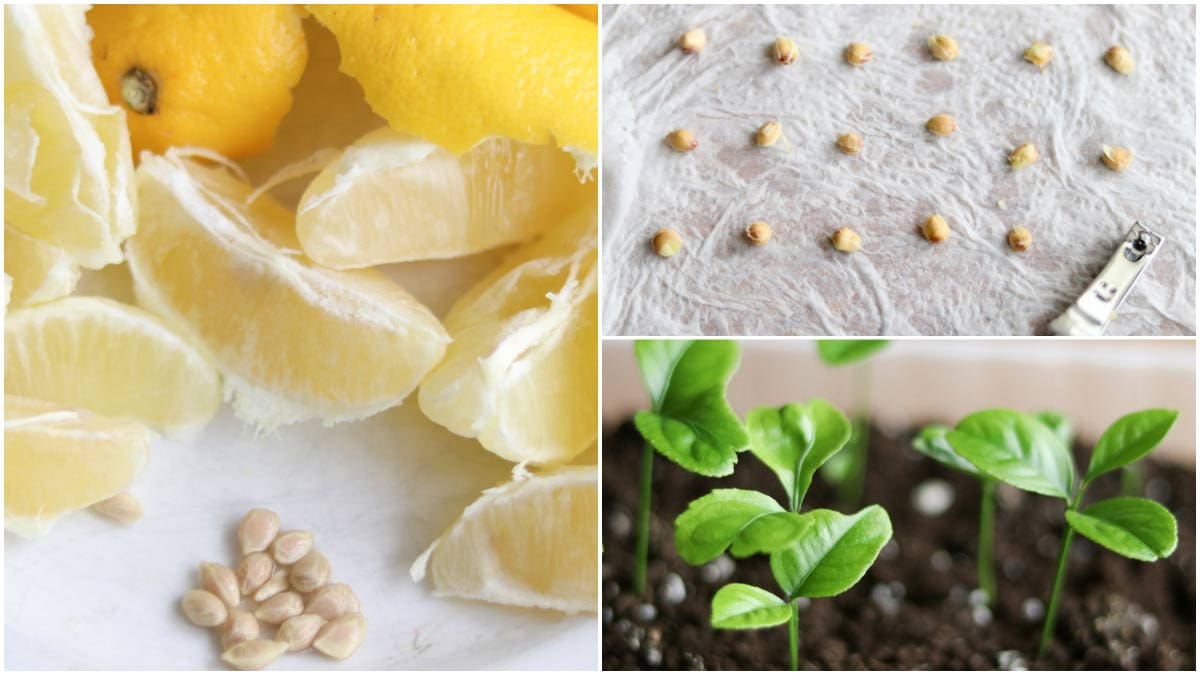
Nurturing Growth: Light, Water, and Patience
Once planted, position your lemon seeds in a bright location but not in direct sunlight, as young seedlings are sensitive to harsh light. Indirect sunlight or a grow light set on a timer for 12 hours a day is ideal. Keep the soil evenly moist but not soggy; overwatering can lead to rot. Check the moisture level daily and mist the soil surface if needed, removing the cover gradually as seedlings emerge to acclimate them to lower humidity. Germination can take anywhere from two weeks to a month, requiring patience and perseverance.
Transplanting Your Seedlings: Graduating to Larger Quarters
As your lemon seedlings grow taller and develop their second set of leaves (true leaves), it’s time for repotting. Choose a slightly larger pot with drainage holes and fill it with a well-draining potting mix suitable for citrus plants. Gently lift the seedlings, taking care not to damage the delicate roots, and transplant them into their new homes. Continue to provide ample light, water when the top inch of soil feels dry, and feed them with a balanced fertilizer formulated for citrus once every two weeks during the growing season.
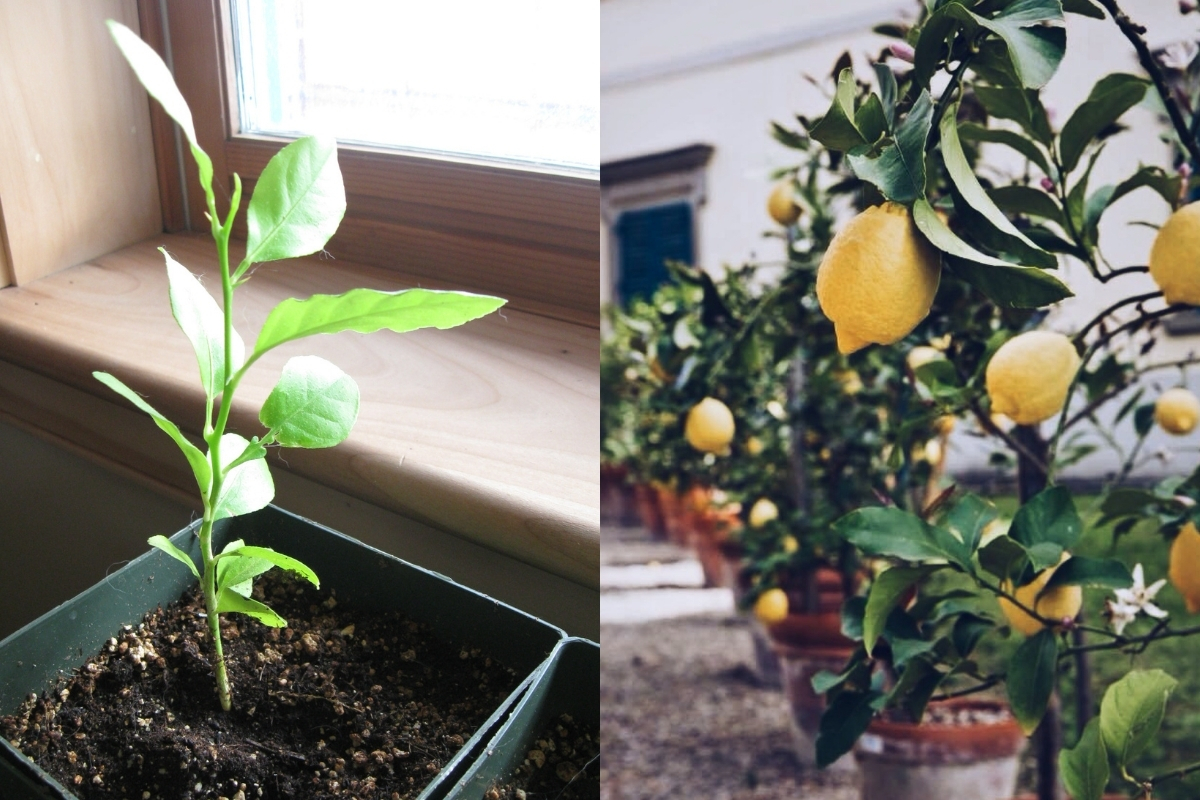
Challenges and Solutions: Overcoming Common Hurdles
Germinating lemon seeds can present challenges such as damping off (a fungal disease), legginess due to insufficient light, or failure to thrive. To combat damping off, ensure good air circulation and avoid overwatering. If seedlings stretch towards the light, move them closer to a brighter location or supplement with artificial light. Regular monitoring and prompt action against pests like aphids or spider mites can prevent infestations. Lastly, persistence is key; not all seeds will germinate, and some seedlings may not survive the transplantation process. Learn from each attempt and refine your techniques.
Harvesting the Fruits of Your Labor: From Seed to Zesty Fruit
Patience is indeed a virtue when cultivating lemon trees from seed. It can take up to five years or more for your tree to bear its first fruit, making this journey a true testament to your gardening dedication. During this time, continue to provide optimal care, including annual pruning to encourage healthy growth, regular fertilization, and protection from frost. The reward? Freshly picked lemons, bursting with flavor and vitality, right at your doorstep.
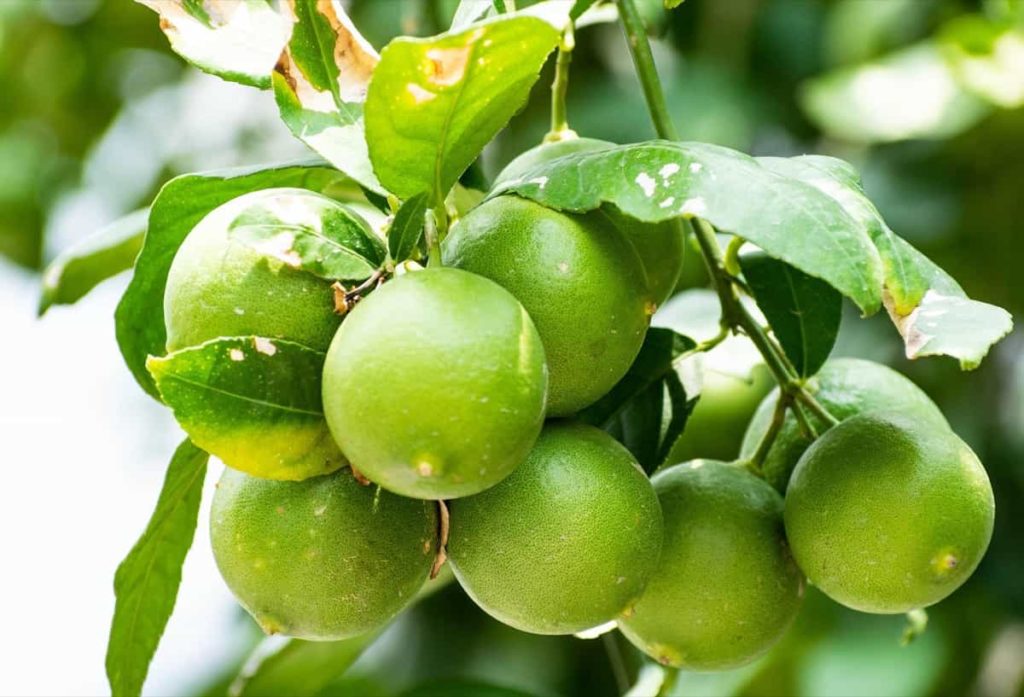
Embracing the Beauty of Imperfection: The Unique Qualities of Homegrown Trees
One of the most enchanting aspects of growing lemon trees from seed is the unpredictability of their characteristics. Unlike grafted trees, which are cloned to produce consistent fruit, seed-grown lemon trees may exhibit a range of traits from their parent trees. This could mean varying fruit size, flavor profiles, or even different growth habits. Instead of seeing this as a drawback, embrace it as an exciting opportunity for discovery. Your garden may become home to a unique lemon variety that exists nowhere else in the world.
Adapting for Indoor Cultivation: Bringing the Outdoors In
For those without outdoor space or living in cooler climates, fear not—the joy of cultivating lemon trees is not exclusive to gardens under open skies. Dwarf lemon varieties, specifically bred for container cultivation, make excellent indoor companions. Ensure your indoor lemon trees receive plenty of bright, indirect sunlight, ideally near a south-facing window. Supplement with grow lights if necessary, maintain a consistent room temperature, and monitor humidity levels, which should ideally range between 50-60%. Regular pruning will help keep the tree size manageable and encourage bushier growth.
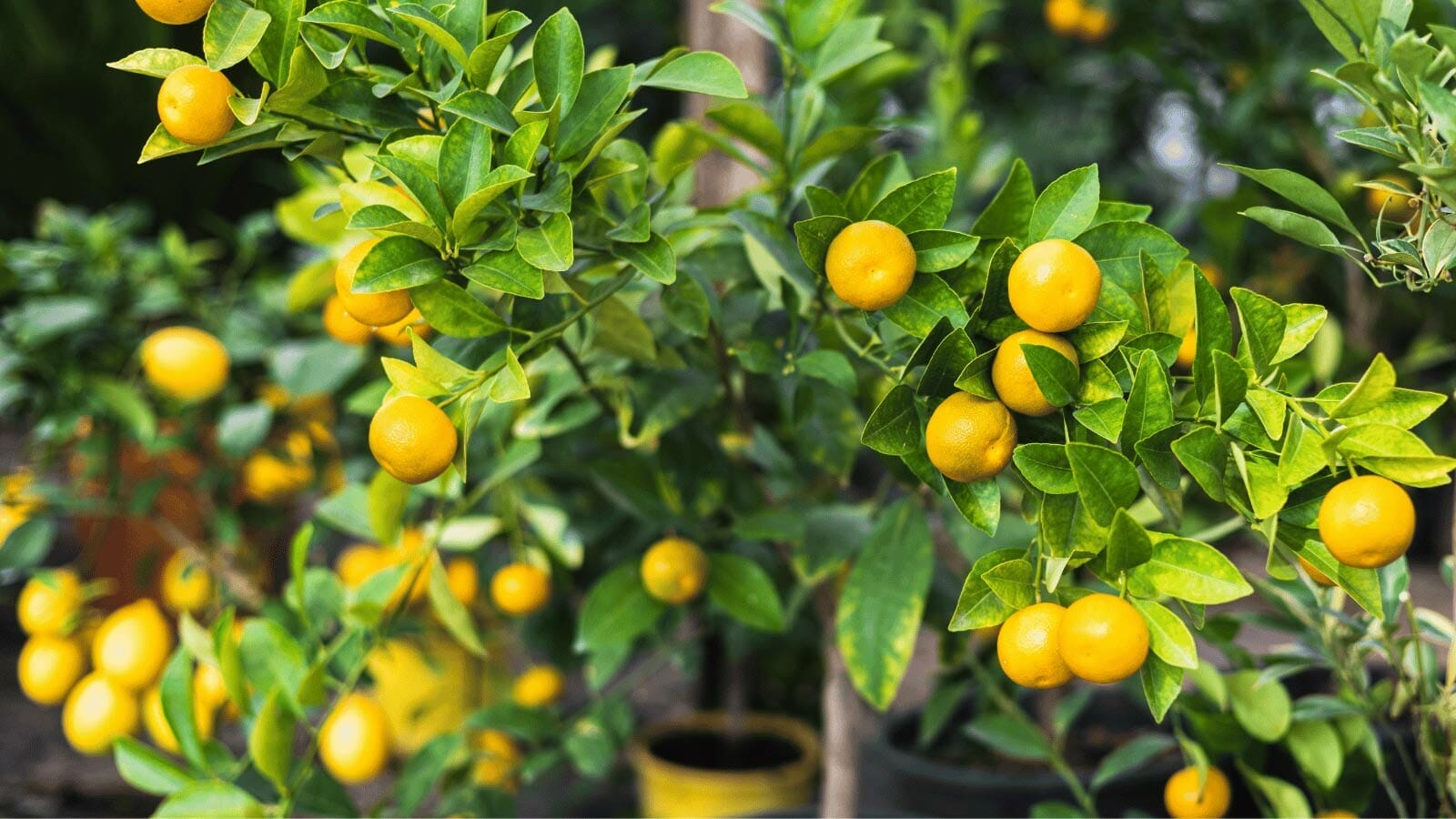
Preserving Your Harvest: Lemons Beyond the Season
The abundance of lemons from your very own tree calls for creative preservation methods to enjoy their freshness year-round. Preserving lemons in salt, making lemon syrup, freezing lemon juice or zest, and dehydrating slices are just a few ways to extend their use. Not only do these practices reduce waste, but they also infuse your cooking with bursts of sunny flavor during the colder months.
Conclusion: Cultivating a Legacy of Zest
Embarking on the journey of lemon seed germination is not merely about growing a tree; it’s about nurturing a piece of living history, fostering a connection between you, nature, and the generations that will enjoy its fruits. With each zesty harvest, you’ll be reminded of the simple yet profound joy that comes from nurturing life from a tiny seed. As your home garden flourishes with the vibrant presence of lemon trees, remember that you’re not just cultivating plants—you’re cultivating a zest for life itself.
